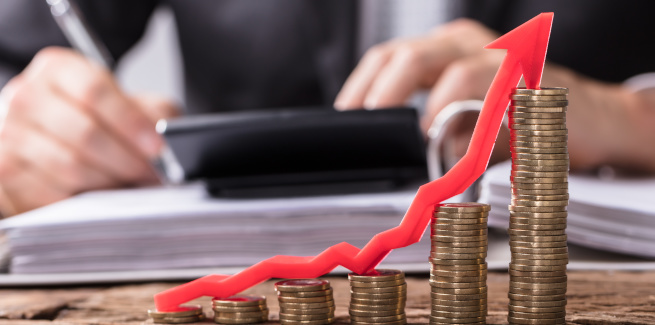The Commonwealth Bank of Australia’s (CBA) chief economist Stephen Halmarick has outlined his economic predictions for 2021 stating that while 2020 would likely be the weakest year for the global economy since World War II, 2021 is expected see a healthier economy.
Commenting on his predictions, Mr Halmarick said: “We do expect a solid recovery in 2021, with global growth forecasts at 5.2 per cent – led by the US and China.
“In the US, there remains a number of political risks ahead. But assuming Joe Biden is sworn in as the 46th President of the United States on 20 January 2021, we expect him to focus on a few key policy priorities that should support the US economy throughout 2021 and beyond.”
While the spread of the coronavirus pandemic has had a significant impact on the Australian economy, financial markets, and monetary and fiscal policy, Mr Halmarick noted that the impacts have been less severe in Australia than originally predicted.
“Australia has done a better job than just about any other nation in controlling the spread of the virus,” Mr Halmarick said.
“This, combined with fiscal and monetary policy support being provided to the economy, and the role played by the Australian banking system, means the economic impact of COVID 19 has been less severe in Australia than many other nations, and less severe than initially expected.”
While noting that Australia’s 30 consecutive years without a recession came to an end in 2020, and the steep rise in the unemployment rate as a result of the COVID-19 crisis, Mr Halmarick said that the outlook for Australia is improving.
Monetary policy will remain key
Mr Halmarick said one of the key consequences of the crisis had been its impact on monetary policy.
“The recession, the rise in the unemployment rate, the global economic environment, and the expectation that inflation will remain below the 2 to 3 per cent target range for years, has seen monetary policy in Australia enter unconventional space for the very first time,” he said.
“The cash rate target is expected to remain at just 0.1 per cent for at least three years. The RBA (Reserve Bank of Australia) is funding the banking system for three years at 0.1 per cent, and the RBA is targeting the three-year Commonwealth bond yield at 0.1 per cent. In addition, the RBA is now engaged in a quantitative easing (QE) program and will buy $100 billion of Commonwealth and state government bonds over the six months to April 2021. This strategy provides the nexus between monetary policy and fiscal policy in Australia.
“The RBA Governor insists that the RBA is not financing the government directly, but the $100 billion QE program will go a long way to supporting the Commonwealth and state government's borrowing programs for 2021 and likely beyond.
“Having entered the world of unconventional monetary policy, it is going to be a long time before the RBA can retreat from providing significant support to the economy.”
Policy focus on jobs
CommSec’s chief economist, Craig James predicted that while the RBA is expected to hold interest rates at its record low for three years, the focus for 2020 would be on forward guidance, monetary policy objectives, and the increased use of fiscal policy in managing the economy in conjunction with monetary policy.
“While monetary policy was once all about adjusting interest rates (or the price of money) that is no longer the case.” he said.
In a recent address to the Committee for Economic Development of Australia Annual Dinner, RBA Governor Philip Lowe said that the RBA is now undertaking QE, similar to other central banks.
“Quantities and prices are obviously connected, so QE works partly through affecting the price of money, including long-term risk-free interest rates,” he said.
“But there are other effects too. When the central bank increases the quantity of money and buys assets, liquidity in the financial system is increased and investors in the private sector need to purchase other assets with the proceeds of the bonds they sell to the central bank. These portfolio adjustments can affect the price of other assets and international capital flows, as well as the exchange rate.”
Commenting further on this, Mr James said the goal of RBA’s focus on QE, or bond buying, is to drive interest rates lower for the longer term, reduce the debt servicing costs for governments, and to reduce funding costs for banks.
“Borrowing costs for Aussie households and businesses are at rock bottom, driving a housing market recovery, while encouraging firms to invest and hire workers,” Mr James said.
“Policy is primarily focused on job creation to reduce scarring in the labour market.”
[Related: GDP to regain lost ground in 2021: report]
 ;
;

Comments (0)